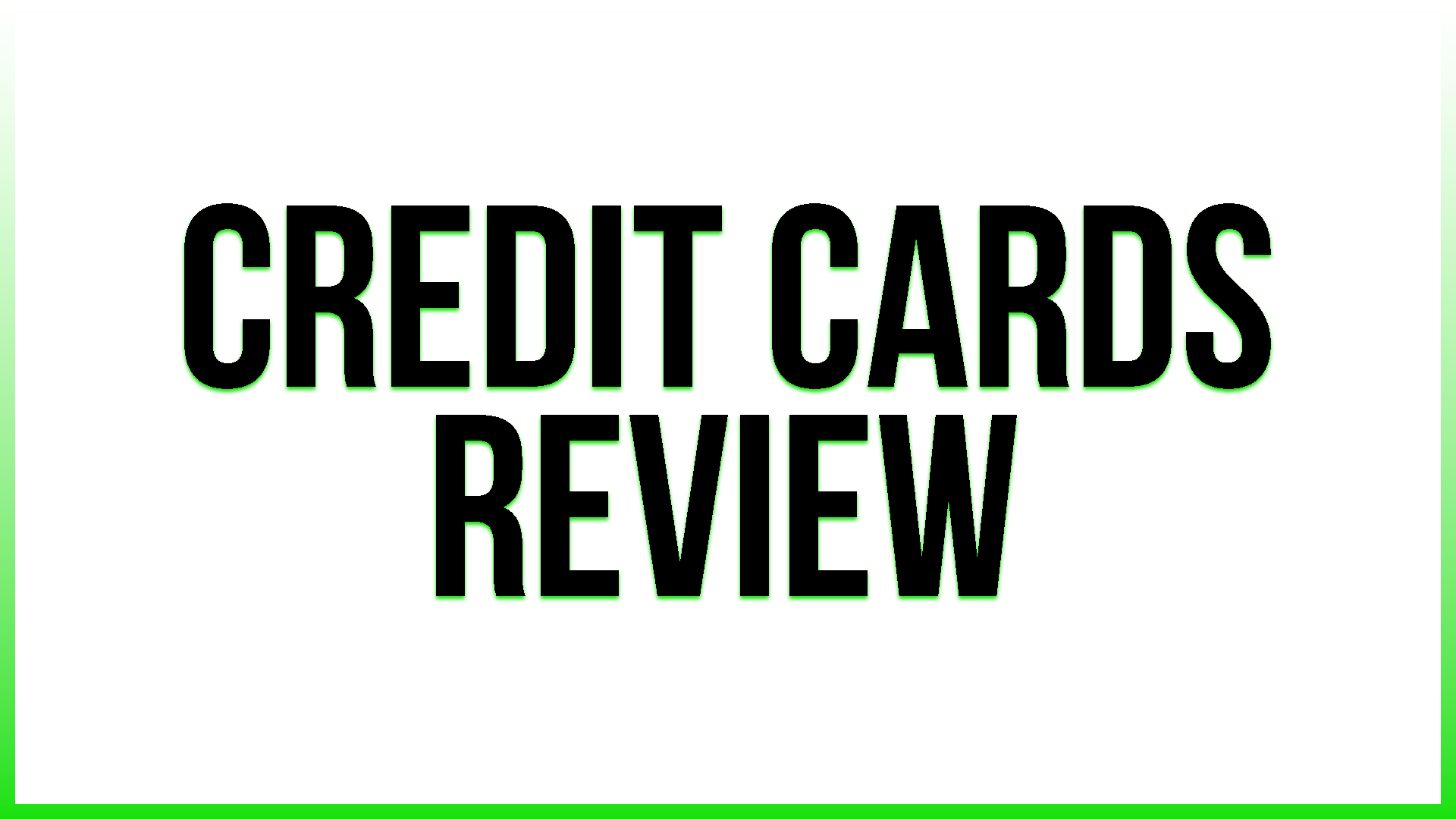Credit Cards: A Flexible Funding Option for Music Professionals
By Payusnomind · Jan 7, 2025
Members

Explore how musicians and indie labels can use credit cards smartly to fund projects, manage expenses, and grow revenue, without falling into debt traps
Unlock the full breakdown
You’re viewing a preview. Members get the full analysis, comparison tables, and step-by-step recommendations.
Become a member
Full access to all guides, comparisons, and deep dives.
- Full article archives
- Updated comparison notes
- Members-only deep dives
Already a member? Log in here.